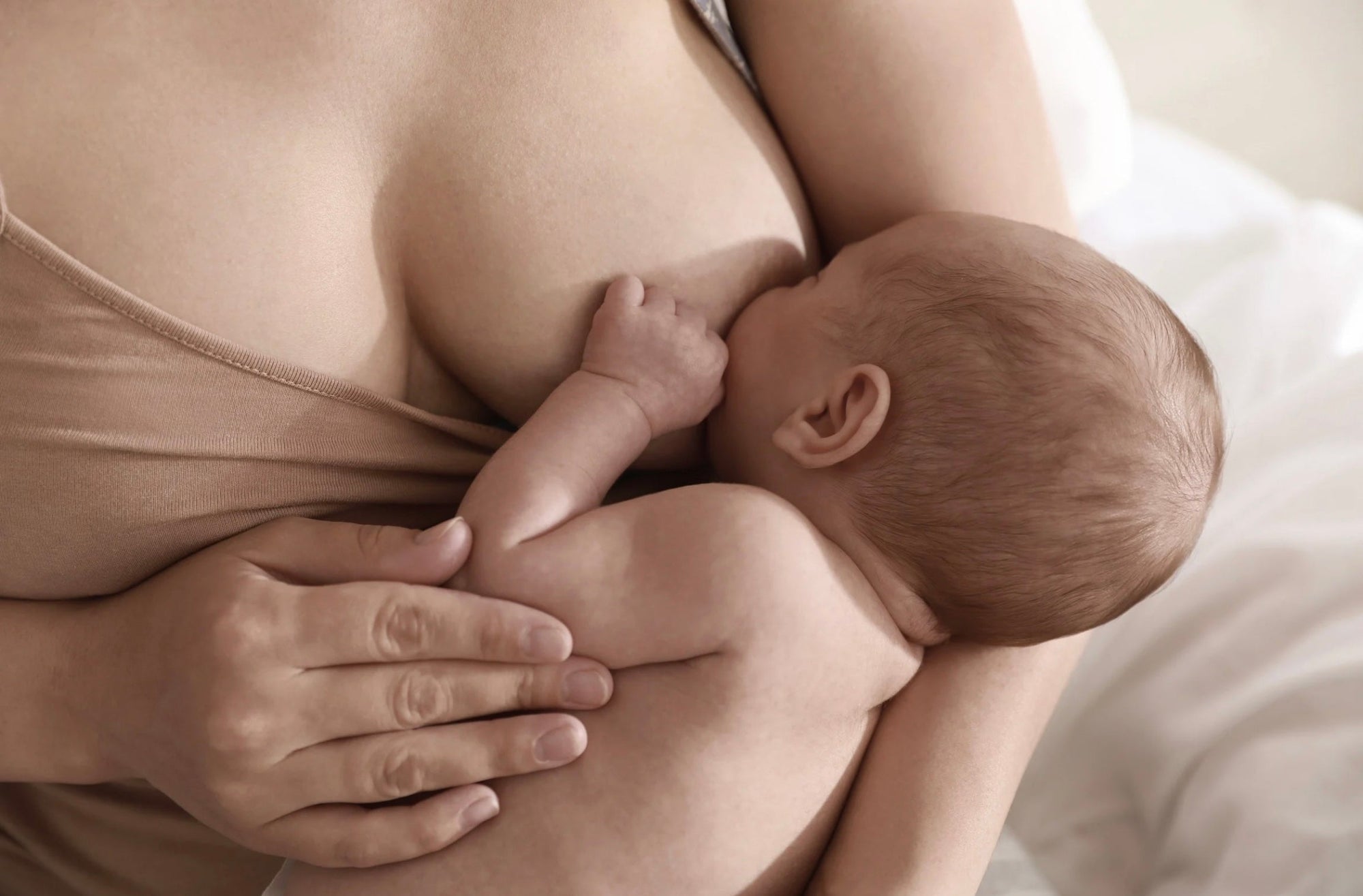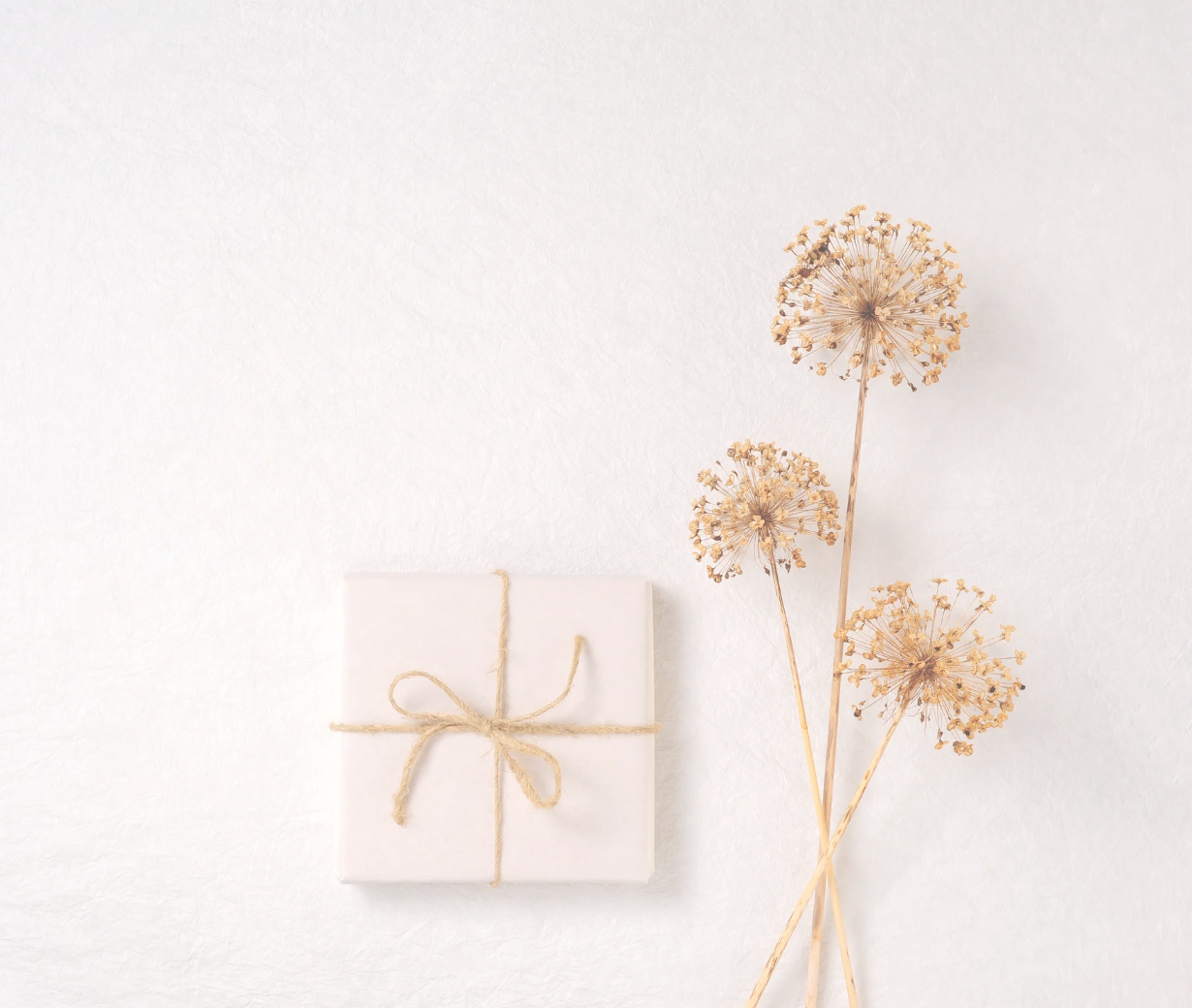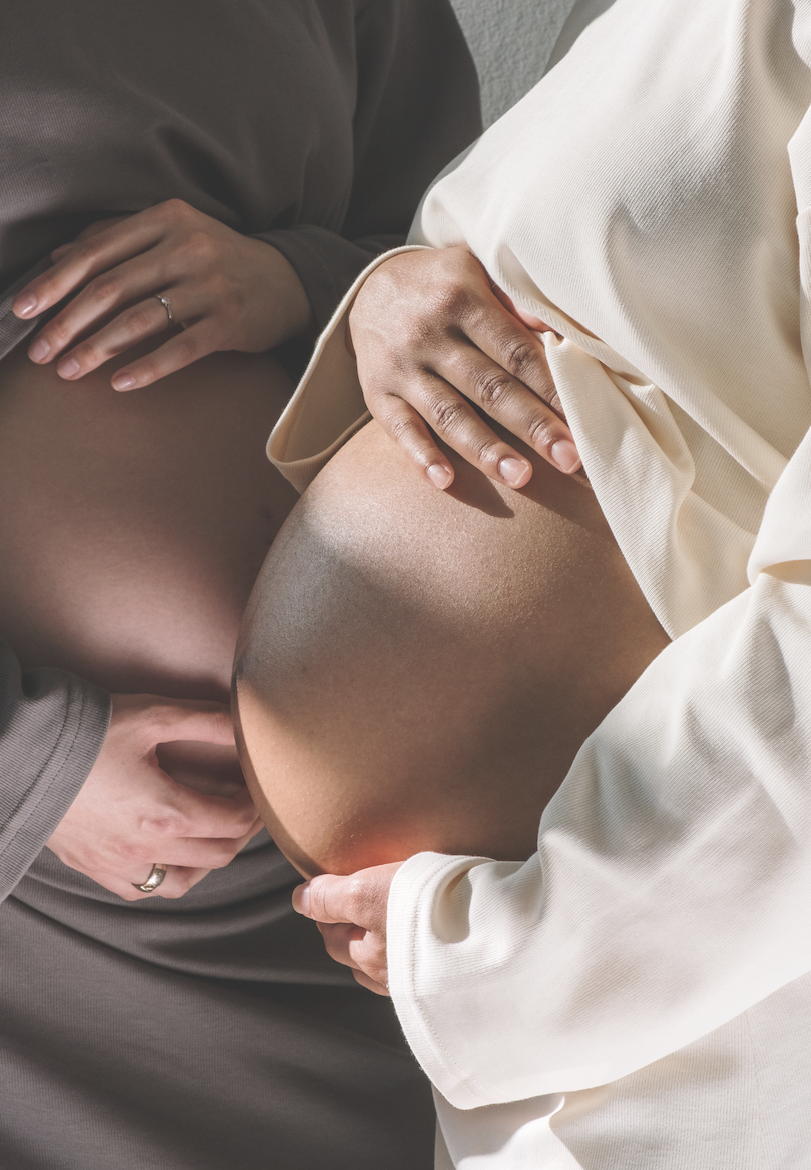For Mothers During the Breastfeeding Period
Breast inflammation, also known as mastitis, is a common and painful inflammation of the breast tissue, most often occurring in women who are breastfeeding. It can develop suddenly, making breastfeeding painful, difficult, and uncomfortable. Fortunately, there are effective ways to treat — and even prevent — mastitis. In this blog, we’ll explain exactly what mastitis is, its causes, and the available solutions — with practical tips, just for you.
Important: This is not medical advice. Always consult a doctor for serious or persistent symptoms.
What is Mastitis?
Mastitis is an inflammation of the breast, usually caused by a blocked milk duct or a bacterial infection. It most commonly occurs during the breastfeeding period, especially in the first few weeks after childbirth.
Causes of Mastitis
The most common causes include:
-
Blocked milk ducts: When a breast is not fully emptied, leftover milk can cause a blockage.
-
Bacterial infection: Bacteria can enter through small cracks in the nipple.
-
Poor latch technique: Incorrect positioning or latching during breastfeeding.
-
Tight bras or pressure on the breast: This can lead to engorgement.
-
Fatigue and stress: These can weaken the immune system and increase the risk of infection.
Symptoms of Mastitis
Watch out for these common symptoms:
-
Painful, swollen, and warm breast
-
Redness, often in a wedge-shaped pattern
-
Fever and chills
-
General feeling of illness and fatigue
-
Lumps or hard areas in the breast
-
Decreased milk production on the affected side
Treatment and Solutions
-
Keep breastfeeding or pumping: Don’t stop breastfeeding. Frequent feeding or pumping helps prevent engorgement. Start with the sore breast to empty it first.
-
Warmth before feeding: Use a warm compress or take a warm shower to help stimulate milk flow before nursing or pumping.
-
Cold compress after feeding: A cold compress helps reduce swelling and pain. For example, use our breast compresses or cooled cabbage leaves in your bra.
-
Improve latch technique: Ensure your baby is latching properly. Seek help from a lactation consultant if needed.
-
Rest and hydration: Get plenty of rest and drink enough water to support your body’s healing process.
-
Medication: For bacterial infections, a doctor may prescribe antibiotics that are safe to use while breastfeeding.
-
Wear a supportive (non-underwire) bra: To reduce movement and minimize pain.
-
Breast massage: Gentle lymphatic massage can help drain fluid and reduce inflammation.
Preventing Mastitis
-
Feed or pump at regular intervals to avoid engorgement
-
Avoid tight clothing or bras
-
Maintain good hygiene, especially of nipples and breast pump equipment
-
Vary breastfeeding positions
-
Let your baby fully empty both breasts
-
Listen to your body and rest when needed
When to See a Doctor
If symptoms do not improve within 24–48 hours, or if you develop a high fever, contact a doctor immediately. Also, if you notice a hard, painful lump that does not go away, it could be a breast abscess that requires medical attention.
Conclusion
Mastitis is unpleasant, but treatable with the right approach. By acting quickly and using proper techniques, you can overcome it. Warm breast compresses, cold compresses, correct breastfeeding technique, and adequate rest are essential for recovery.



